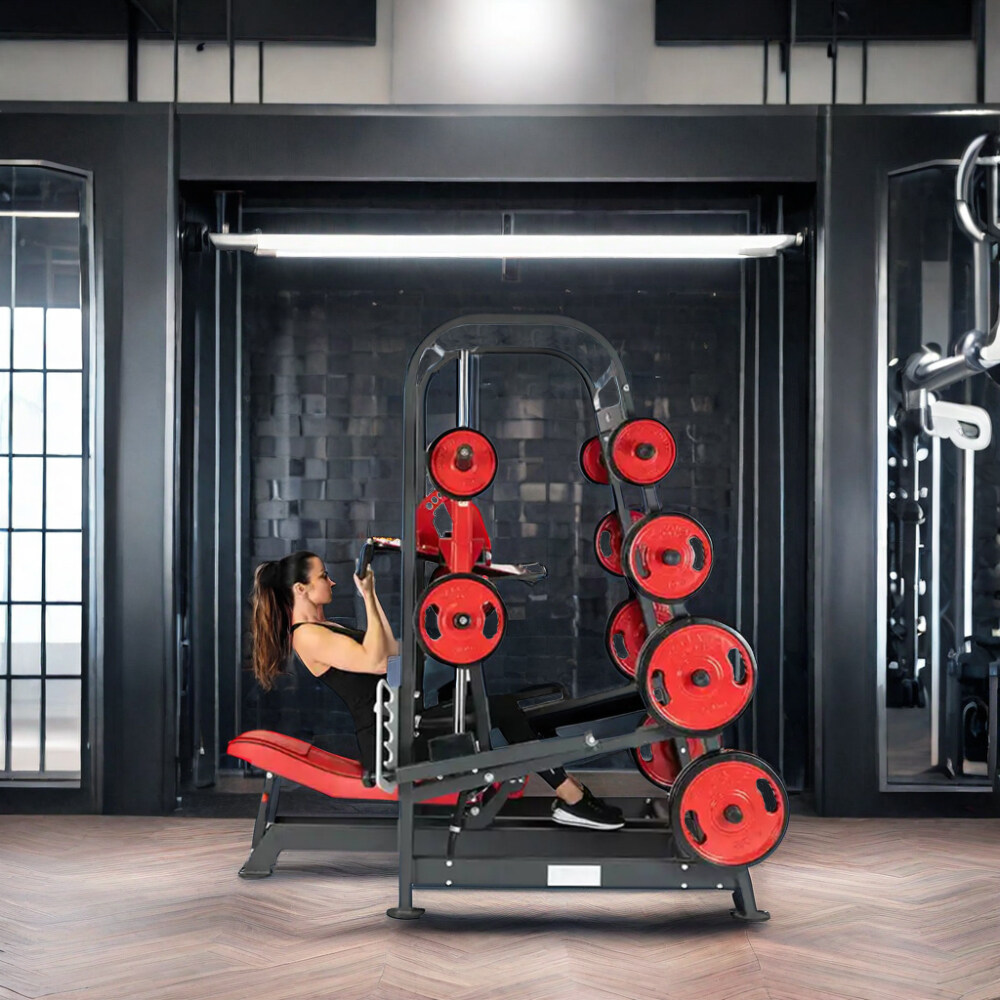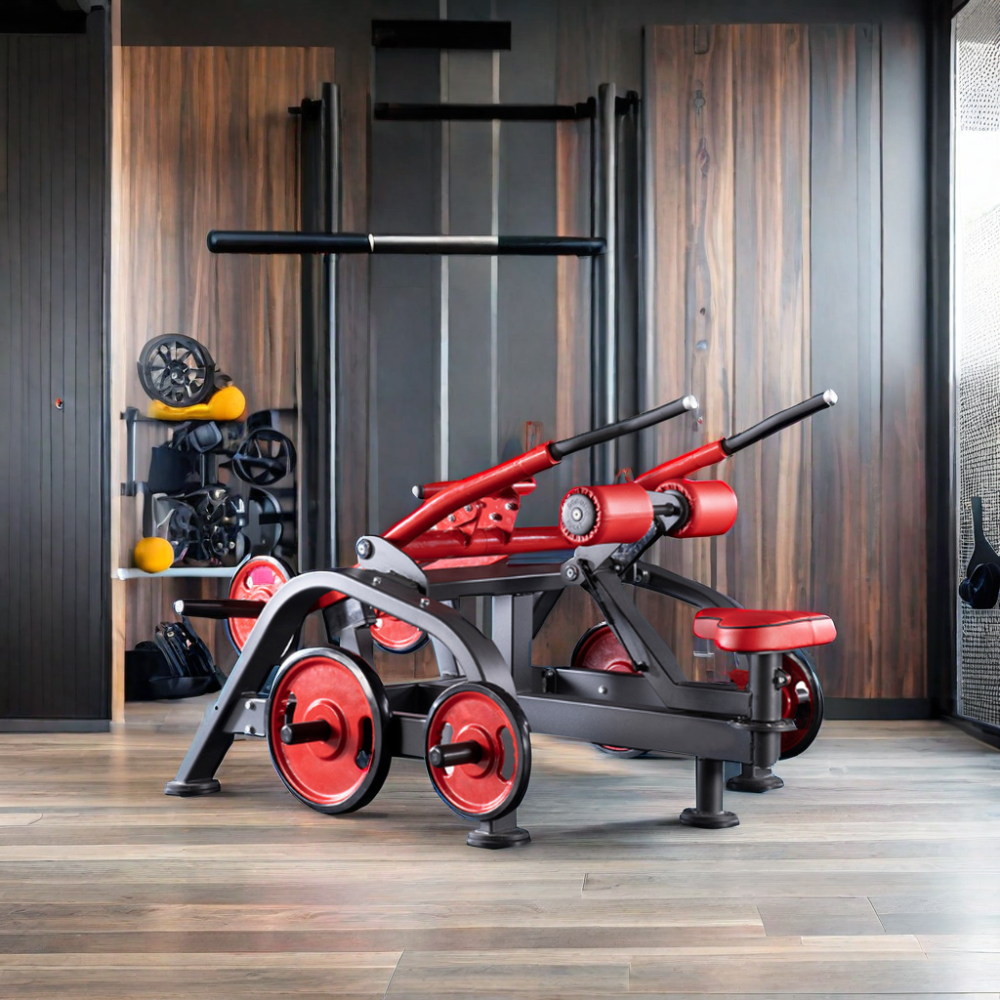Email format error
Email cannot be empty
Email already exists
6-20 characters(letters plus numbers only)
The password is inconsistent
Email format error
Email cannot be empty
Email does not exist
6-20 characters(letters plus numbers only)
The password is inconsistent


In recent years, the fitness industry has witnessed a significant shift towards global sourcing, with many buyers exploring options beyond their local markets. Among the most sought-after destinations for fitness equipment procurement is China, known for its competitive pricing, diverse product range, and manufacturing expertise. In this comprehensive guide, we delve into the intricacies of sourcing fitness equipment from China, examining the benefits, challenges, and essential considerations to ensure a successful procurement journey.
Understanding the Appeal: Why Buy Fitness Equipment from China?
1. Cost-Effectiveness:
- One of the primary reasons buyers turn to China for fitness equipment is the cost-effectiveness offered by its manufacturing ecosystem. China's economies of scale, efficient production processes, and lower labor costs often result in more competitive pricing compared to domestic alternatives.
- Whether you're setting up a home gym or outfitting a commercial facility, sourcing fitness equipment from China can significantly lower your overall expenses while still maintaining quality standards.
2. Diverse Product Range:
- China boasts a vast and diverse portfolio of fitness equipment, ranging from traditional gym staples to innovative, cutting-edge designs. With a multitude of manufacturers specializing in various categories, buyers have access to an extensive selection of products to cater to diverse preferences and requirements.
- Whether you're in the market for treadmills, elliptical trainers, weight benches, or resistance bands, China offers a comprehensive range of options to suit every fitness need.
3. Manufacturing Expertise:
- China's manufacturing prowess is globally recognized, with the country serving as a hub for the production of a wide range of goods, including fitness equipment. Chinese manufacturers leverage advanced technology, skilled labor, and stringent quality control measures to deliver products that meet international standards.
- By tapping into China's manufacturing expertise, buyers can procure high-quality fitness equipment that not only meets but often exceeds their expectations in terms of durability, functionality, and performance.
4. Customization Opportunities:
- Many Chinese manufacturers offer customization services, allowing buyers to tailor fitness equipment to their specific preferences and requirements. Whether it's branding, color options, size adjustments, or feature enhancements, customization options abound, enabling buyers to create bespoke solutions that align with their vision and objectives.
- By collaborating closely with manufacturers and leveraging customization capabilities, buyers can create unique fitness equipment that reflects their brand identity, enhances user experience, and sets them apart in the competitive market landscape.
Navigating the Process: Tips for Buying Fitness Equipment from China
1. Research and Due Diligence:
- Before initiating the procurement process, conduct comprehensive research to identify reputable manufacturers and suppliers in China. Utilize online resources, industry directories, trade shows, and referrals to compile a list of potential partners.
- Verify the credentials, certifications, production capabilities, and track record of each prospective supplier to ensure they meet your quality standards and business requirements.
2. Clear Communication:
- Effective communication is paramount when dealing with Chinese manufacturers to ensure mutual understanding and alignment of expectations. Invest time in building strong relationships with your Chinese counterparts and establish clear lines of communication through email, phone calls, video conferences, or in-person meetings if feasible.
- Clearly articulate your product specifications, customization requirements, quality standards, delivery timelines, and pricing expectations to avoid misunderstandings or discrepancies down the line.
3. Quality Control Measures:
- Implement robust quality control measures throughout the procurement process to safeguard against potential quality issues or discrepancies. Request product samples or prototypes from suppliers to evaluate the quality, functionality, and performance of the fitness equipment firsthand.
- Consider conducting factory inspections, quality audits, or enlisting the services of third-party inspection agencies to verify compliance with specifications, standards, and regulatory requirements.
4. Negotiation and Contracts:
- Negotiate pricing, terms, and conditions with suppliers to secure favorable terms that align with your budget, quality requirements, and business objectives. Leverage your research findings, market insights, and bargaining power to negotiate competitive pricing and favorable payment terms.
- Draft comprehensive contracts or purchase agreements that clearly outline the terms and conditions of the procurement arrangement, including product specifications, quality standards, delivery schedules, payment terms, warranties, indemnities, and dispute resolution mechanisms.
Challenges and Considerations: Navigating Potential Pitfalls
1. Language and Cultural Barriers:
- Differences in language, communication styles, and cultural norms can pose significant challenges when dealing with Chinese suppliers. Language barriers may hinder effective communication and lead to misunderstandings or misinterpretations.
- Overcome these barriers by leveraging language translation services, hiring bilingual staff or interpreters, and fostering cultural awareness and sensitivity within your organization to facilitate smoother communication and collaboration with Chinese counterparts.
2. Logistics and Shipping:
- Shipping fitness equipment from China involves complex logistical considerations, including transportation, freight forwarding, customs clearance, import regulations, and documentation requirements. Delays, disruptions, or errors in logistics can impact delivery schedules and incur additional costs.
- Partner with experienced freight forwarders, shipping agents, or logistics providers with expertise in international shipping and customs clearance procedures to streamline the logistics process and ensure timely delivery of goods.
3. Quality Assurance:
- Ensuring consistent quality standards across batches of fitness equipment can be challenging when sourcing from overseas suppliers. Variations in production processes, materials, or quality control measures may result in quality discrepancies or defects.
- Implement rigorous quality assurance protocols, including product testing, inspection, and sampling, to monitor and maintain product quality throughout the production process. Establish open channels of communication with suppliers to address quality issues promptly and collaboratively.
4. Intellectual Property Protection:
- Protecting intellectual property rights is essential when sourcing fitness equipment from China to prevent unauthorized reproduction, counterfeiting, or infringement of proprietary designs, technologies, or branding.
- Secure patents, trademarks, copyrights, or design registrations for your products, branding, or innovations in relevant jurisdictions to establish legal protection and exclusivity. Incorporate clauses addressing intellectual property rights, confidentiality, and non-disclosure agreements in supplier contracts to safeguard your intellectual assets.
Conclusion: Maximizing Value and Opportunity
Buying fitness equipment from China presents a compelling opportunity for individuals and businesses to access cost-effective, diverse, and high-quality products tailored to their specific needs and preferences. By navigating the procurement process with diligence, communication, and strategic planning, buyers can unlock the full potential of sourcing from China's manufacturing powerhouse.